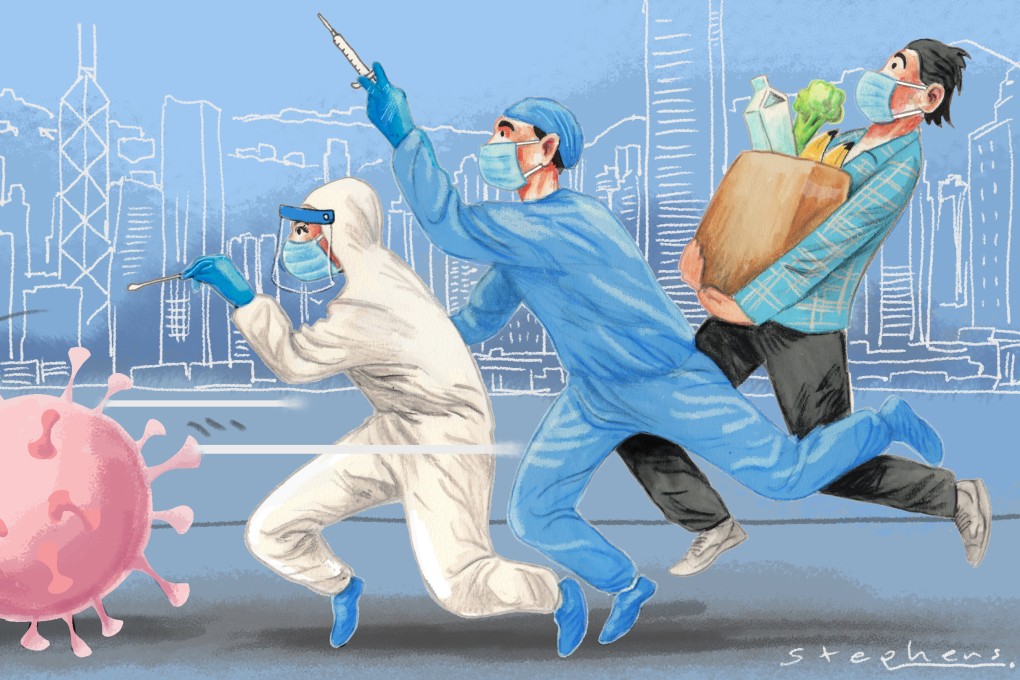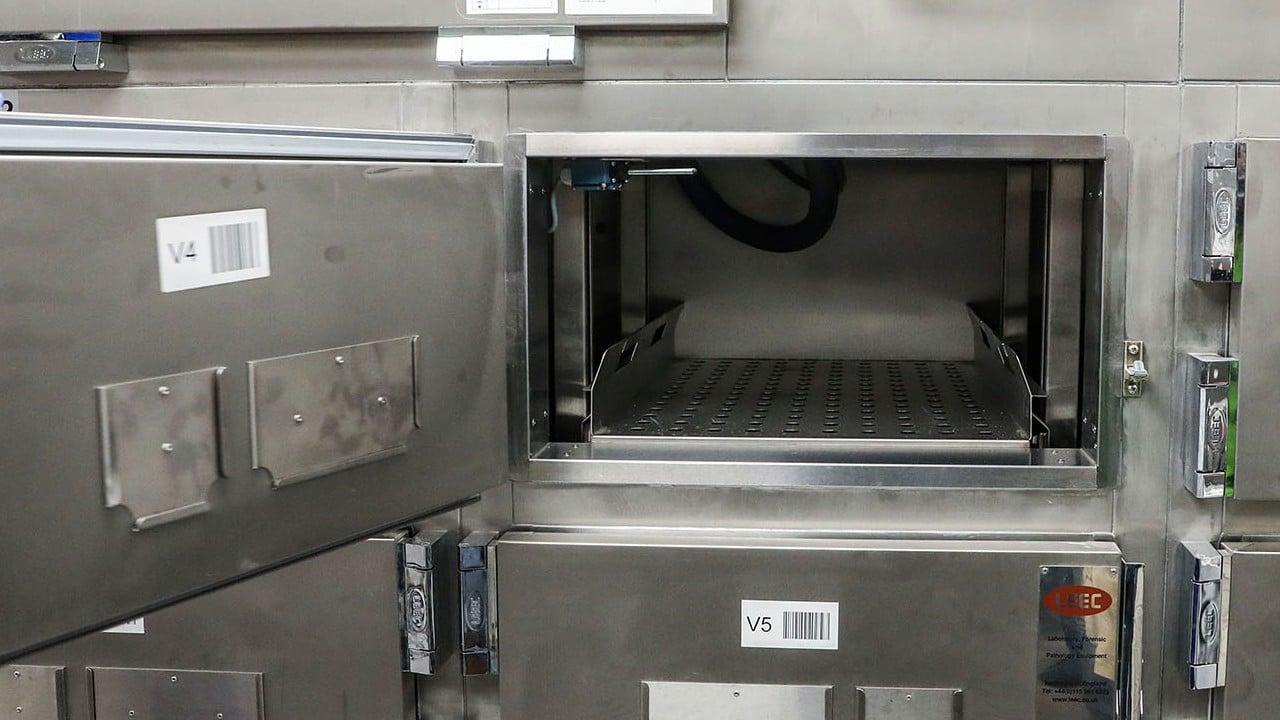Advertisement
Opinion | In a Hong Kong broken by Omicron, the lack of pandemic preparedness must be addressed now
- Running to Beijing for help must not be Hong Kong’s only option. The city must shore up its pandemic defences by plugging its shortages in medical and other infrastructure, and setting up a routine quick response system
Reading Time:4 minutes
Why you can trust SCMP
14

Amid an unprecedented wave of Covid-19 infections, the Hong Kong government has imposed its toughest measures yet. The authorities were apparently caught out by the latest Omicron wave, which worsened rapidly and became the focus of local and international headlines. Overwhelmed hospitals meant patients seeking treatment were forced to wait in the cold – photos of which became a symbolic snapshot of Hong Kong’s fifth wave.
Advertisement
Unable to contain the pandemic, the Hong Kong government finally called upon the mainland authorities for help. In a short time, mainland medical units and experts arrived to alleviate the pressure from the skyrocketing number of new cases.
The chaos exposed Hong Kong’s lack of a routine Covid-19 quick response system and both the medical and social infrastructure to implement a dynamic zero-infection policy. This policy aims to identify and contain local cases while minimising the impact on ordinary life. Hong Kong’s attempt has failed and Covid-19 restrictions became extensive as community transmissions spread throughout the city.
At the beginning of the wave, complaints had already surfaced about the management of the Penny’s Bay quarantine centre. Occupants complained about the lack of supplies even when only about half of the facility was occupied.
There were news reports of those in the quarantine centre waiting whole days to get tested or to be released. A Legislative Council member who had quarantined there also complained about the transport arrangement. These complaints and hiccups reveal the lack of staff to properly operate the quarantine centre in a community outbreak.
Another issue is the lack of local testing capacity and community vaccination centres in the city. When Kwai Chung Estate was locked down, residents complained about the long wait to be tested. Similar situations were seen in other districts. Now, with the help of mainland China, Hong Kong has increased its testing capacity.
Advertisement
But this increase is not permanent. The large-scale laboratory in Ma On Shan managed by the mainland-backed Sunrise Diagnostics is temporary, and many of the testing facilities operated by Guangdong companies will also go as soon as the pandemic is under control.
Amid a lacklustre response, the government closed down several community vaccination centres late last year – just before the fifth wave hit. So when case numbers started to rise and demand for vaccination spiked, crowds quickly formed at the vaccination centres that were still open.

Advertisement

